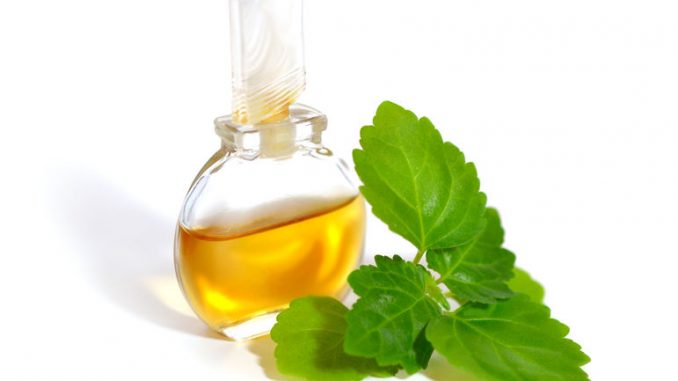
Patchouli is an essential oil extracted from the plant Pogostem cablin. It is mostly grown in India where it is mentally stimulating in relatively low doses but soporific and sedating when levels become higher.
It is a dark orange to amber viscous liquid with a sweet, earthy and herbaceous aroma. The oil is extracted from the dried leaves by steam distillation.
Compounds And Componentry
The oil contains patchoulol, pogostol, bulnesol, bulnese, patchoulene.
The Supply Chain for Patchouli
The supply chain for patchouli, which is an aromatic plant known for its fragrant oil extracted from the leaves, involves several stages from cultivation to the final product distribution. Here’s a general overview of the supply chain for patchouli:
- Cultivation: The supply chain begins with the cultivation of patchouli plants. Patchouli is a tropical herb that thrives in warm and humid climates. It is primarily grown in countries like Indonesia, India, China, Malaysia, and the Philippines. Farmers cultivate patchouli plants in fields or plantations.
- Harvesting: Once the patchouli plants reach maturity, the leaves are harvested. The best time for harvesting is when the plant is in full bloom and the oil content in the leaves is at its peak. Skilled laborers manually pluck the leaves to ensure the quality of the crop.
- Distillation: After harvesting, the patchouli leaves are transported to distillation facilities. Steam distillation is the most common method used to extract the essential oil from the leaves. In the distillation process, the leaves are exposed to steam, and the steam carries the volatile oil from the plant material. The steam is then condensed, and the essential oil and water separate, with the essential oil being collected.
- Refining and Testing: The extracted essential oil undergoes refining processes to remove impurities and ensure a high-quality product. Additionally, the oil is subjected to testing and analysis to verify its chemical composition and quality.
- Packaging and Bottling: Once the patchouli essential oil is refined and tested, it is packaged and bottled. The oil may be packaged in various sizes, ranging from small vials for individual use to larger containers for commercial purposes.
- Distribution: The packaged patchouli essential oil is then distributed to various markets. Distribution can occur through local wholesalers, retailers, or direct sales to manufacturers and companies in the fragrance, cosmetics, aromatherapy, and personal care industries.
- Manufacturing: Many end-products like perfumes, cosmetics, soaps, and essential oil blends incorporate patchouli oil as an ingredient. Manufacturers in these industries receive the patchouli essential oil and use it to create their products.
- Retail: The finished products that contain patchouli, such as perfumes, essential oil blends, and skincare products, are then made available to consumers through various retail channels, including physical stores, online platforms, and specialty boutiques.
- Consumer Use: The final stage of the supply chain involves consumers purchasing and using the patchouli-based products for their intended purposes, such as personal fragrance or aromatherapy.
What you must note is that the supply chain for patchouli may vary based on factors like geographical location, production scale, and specific industry applications. Additionally, the demand for patchouli essential oil in the fragrance and aromatherapy markets can influence the cultivation and production practices.
Uses
- Add to the bath by placing 5 to 8 drops of the oil in a carrier oil like almond oil.
- Massage: a fine oil where 2 or 3 drops of patchouli oil is added to 3 tablespoons of a carrier oil like almond oil.
- For vaporization: add 2 to 4 drops of patchouli oil in 2 tablespoons of water to an oil burner. Please follow the manufacturer’s instructions if the water levels are different.
Products
Please note this article contains links to our affiliate marketing partners. Please read our affiliate disclosure.
Cautions:
- Keep away from the eyes.
- Keep away from children.
- Not to be ingested.
- Not to be used if pregnant although highly dilute solutions may be employed in massage oils.
- Do not use the undiluted oil directly on the skin. Must be diluted in a suitable base or carrier oil.
Legal Disclaimer Concerning Products On This Web-Site
The products and the information provided about specific products on or through this site have not been evaluated by the United States Food and Drug Administration or by any other national regulatory body and are not intended to diagnose, treat, cure or prevent disease. The information provided on this site is for informational purposes only and is not intended as a substitute for advice from your physician/doctor or other health care professional or any information contained on or in any product label or packaging. You should not use the information on this site for diagnosis or treatment of any health problems or for prescription of any medication or other treatment. You should consult with a healthcare professional before starting any diet, exercise or supplementation program, before taking any medication or if you suspect you might have a health problem.

Leave a Reply